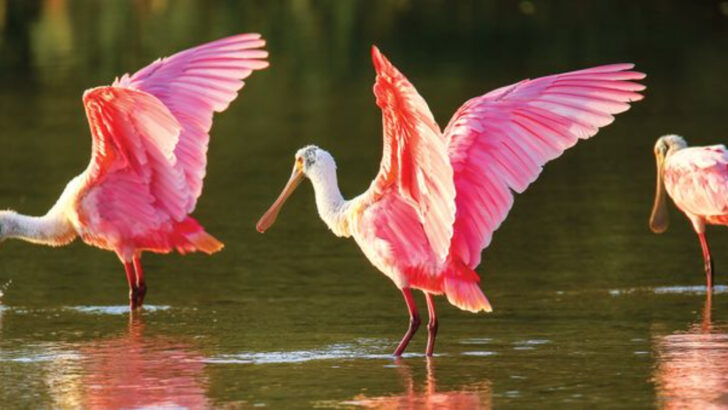The United States is hiding a secret. Beneath its familiar landscapes, a treasure trove of exotic creatures thrives, surprising anyone who thinks they know what lives here. These aren’t your everyday squirrels or deer—think vivid, rainbow-colored birds, slithering reptiles, and creatures straight out of a tropical dream.
From the southern swamps to remote desert corners, the U.S. is home to animals most would expect to find far off in distant, far-flung lands. Yet here they are, living their best lives in unexpected corners of the country.
Ready to be amazed? These seventeen species aren’t just fascinating—they’re downright awe-inspiring. Buckle up for a journey through the wild, weird, and wildly exotic wildlife of America.
Axolotl
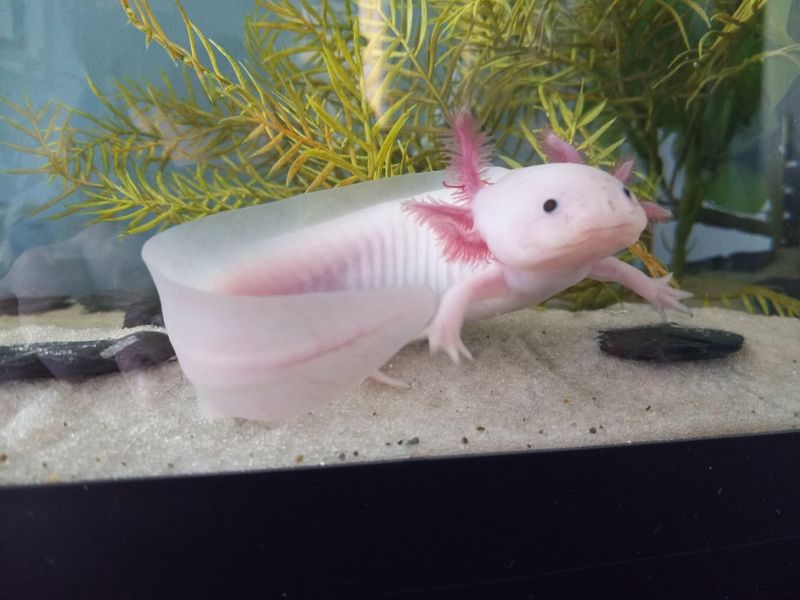
The axolotl, often called the “Mexican walking fish,” is a fascinating amphibian native to Mexico but has found a strange home in U.S. aquariums. With its frilly gills and permanent smile, it intrigues both scientists and hobbyists alike.
Though closely related to the tiger salamander, the axolotl remains in its larval form for life, a phenomenon known as neoteny. This unique trait allows it to regenerate limbs, making it a subject of extensive research.
In captivity, they require specific water conditions, mimicking their natural habitat. Their bizarre appearance and regenerative abilities make them a truly exotic species.
Mandarinfish
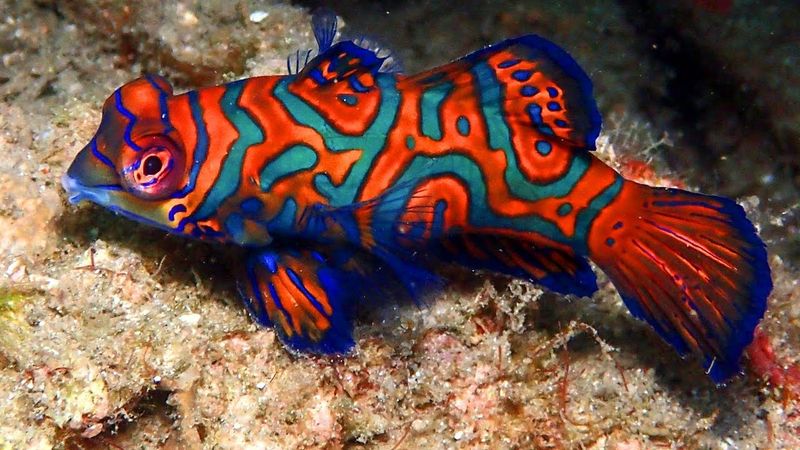
The mandarinfish is a jewel of the ocean, boasting vibrant colors that seem almost too brilliant to be real. Native to the Pacific Ocean, this exotic species can be found in some American marine aquariums, attracting enthusiasts with its mesmerizing beauty.
Its kaleidoscope of colors includes blues, oranges, and yellows, reminiscent of a painter’s palette.
Despite its attractiveness, the mandarinfish is notoriously difficult to keep in captivity due to its diet of live copepods and small crustaceans. Its delicate nature and stunning appearance make it a coveted species among marine hobbyists.
Fennec Fox
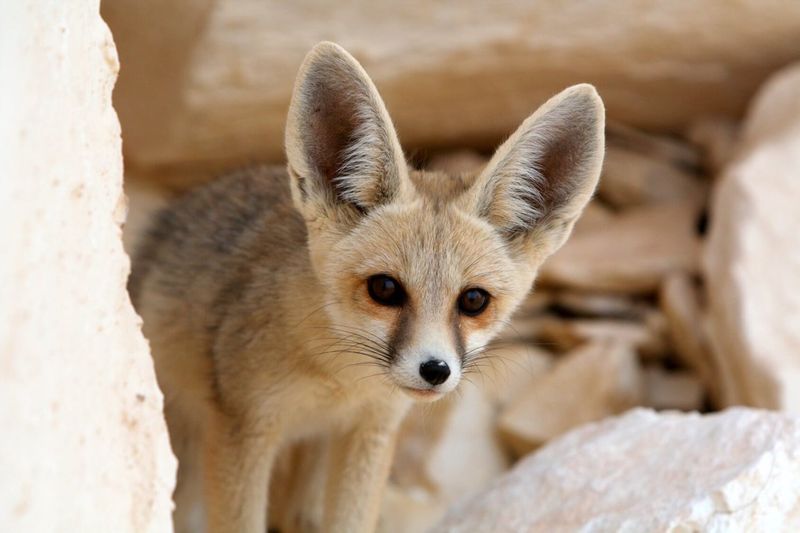
With its large, bat-like ears and small stature, the fennec fox is a desert dweller that often surprises those who encounter it in the U.S. Though native to the Sahara, it has made appearances in zoos and private collections.
Its ears serve a dual purpose: excellent hearing and regulating body temperature. The fennec’s nocturnal habits and agile nature make it a captivating creature to observe.
Adapting to life in captivity requires specific care, including a diet rich in protein and mental stimulation. Its unique appearance and behaviors make it a favorite among exotic animal enthusiasts.
Green Iguana
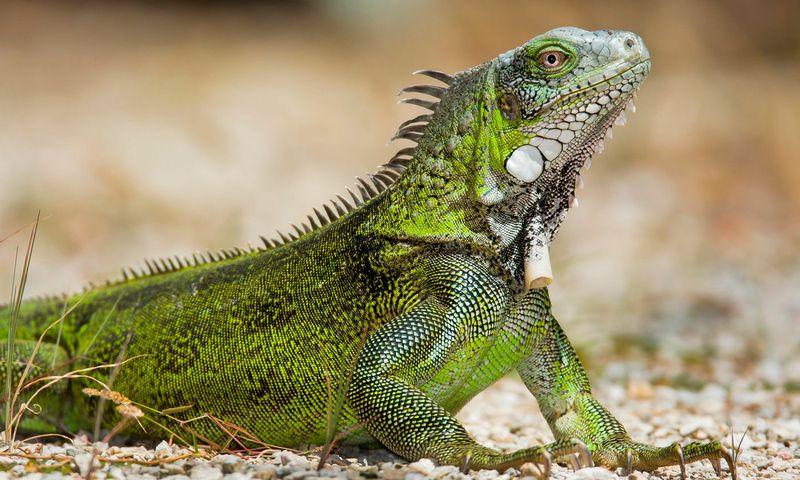
The green iguana, with its vivid emerald scales and impressive size, is a sight to behold. While native to Central and South America, it has become a popular exotic pet in the U.S., inhabiting homes and gardens alike.
Known for their calm demeanor when properly handled, green iguanas require large, humid enclosures to thrive. They are primarily herbivorous, feeding on leafy greens and vegetables.
Despite their tranquil nature, they can grow to over six feet in length, requiring dedicated care and attention. Their presence adds a tropical flair to any environment they inhabit.
Bengal Cat

Bengal cats, with their striking leopard-like spots, are a domestic breed that retains the wild allure of their Asian leopard cat ancestors. These exotic felines have become a popular choice for U.S. pet owners who crave a bit of the wild at home.
Their energetic and playful nature requires stimulation and activity, making them engaging companions.
Bengals are known for their intelligence and curiosity, often learning to open doors or retrieve toys. Their luxurious coat and unique appearance make them a standout breed, admired for both beauty and personality.
American Bison
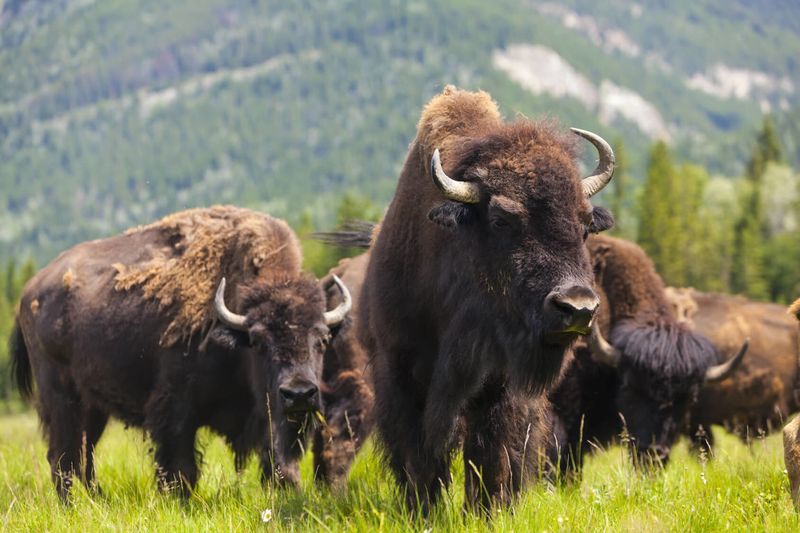
The American bison, often referred to as the buffalo, is a symbol of the American frontier. Though commonly associated with the Great Plains, these majestic creatures can be found in various reserves and parks across the U.S.
Their massive size and shaggy mane make them an imposing sight. Bison play a vital role in their ecosystems, helping maintain prairie habitats.
Once nearing extinction, conservation efforts have helped their populations rebound. Observing a bison in its natural habitat evokes a sense of American history and the wild landscapes that define it.
Alligator Gar
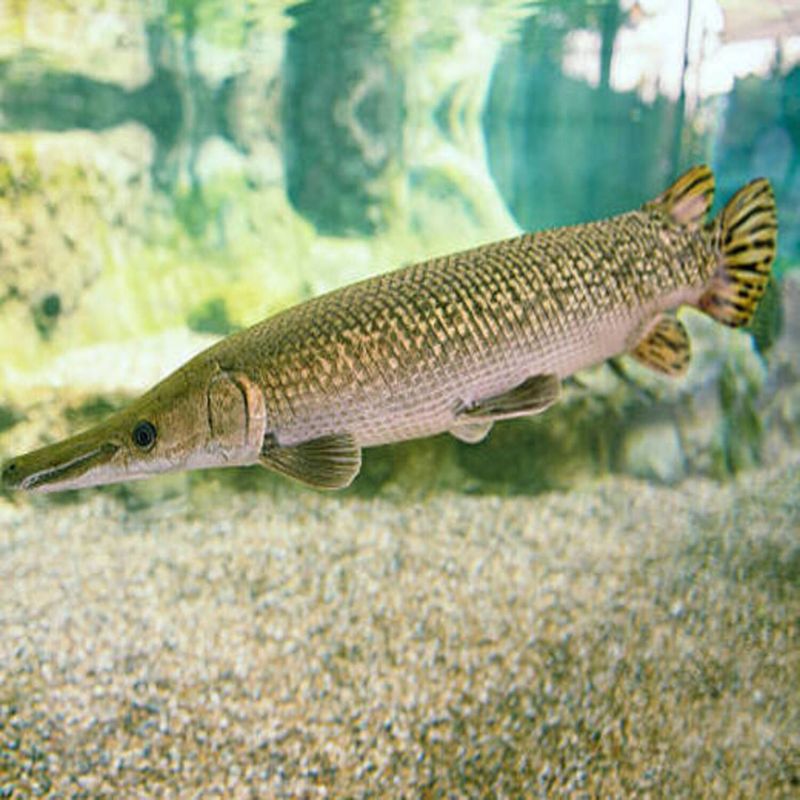
The alligator gar, with its armored scales and elongated snout, resembles a prehistoric creature. Found in the Southern U.S., this exotic fish is a living fossil, dating back over 100 million years.
Its ability to breathe both air and water allows it to thrive in environments other fish may find inhospitable. Alligator gars are formidable predators, feeding on fish, birds, and small mammals.
Their intimidating appearance and ancient lineage make them a fascinating subject for anglers and biologists alike, symbolizing the rich diversity of American waterways.
Peacock

Peacocks, with their dazzling display of colorful feathers, are often seen as symbols of beauty and grace. Native to South Asia, they have found a home in U.S. zoos and bird sanctuaries, captivating visitors with their extravagant plumage.
During mating season, males fan out their iridescent tail feathers in an impressive courtship display.
Peacocks are ground-feeders, consuming a variety of seeds, insects, and small creatures. Their striking appearance and unique behaviors make them a popular attraction, bringing a touch of the exotic to American landscapes.
Red-Crowned Crane
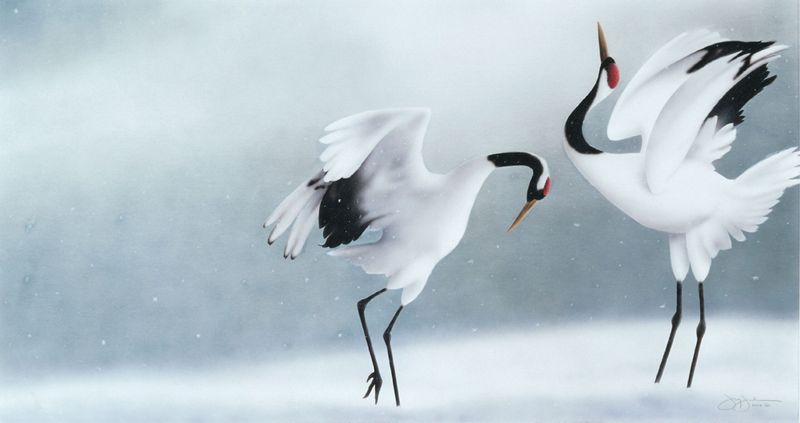
The red-crowned crane, known for its elegant stature and striking red head, is a symbol of luck and longevity in Asian cultures. Though native to East Asia, a small population resides in U.S. wildlife reserves, enchanting visitors with their grace.
These cranes are known for their intricate courtship dances, involving bows, leaps, and synchronized calls.
Their preferred habitats include wetlands and marshes, where they feed on aquatic plants and small animals. Observing a red-crowned crane is a glimpse into a world of beauty and tradition, capturing the imagination of all who see it.
Capybara
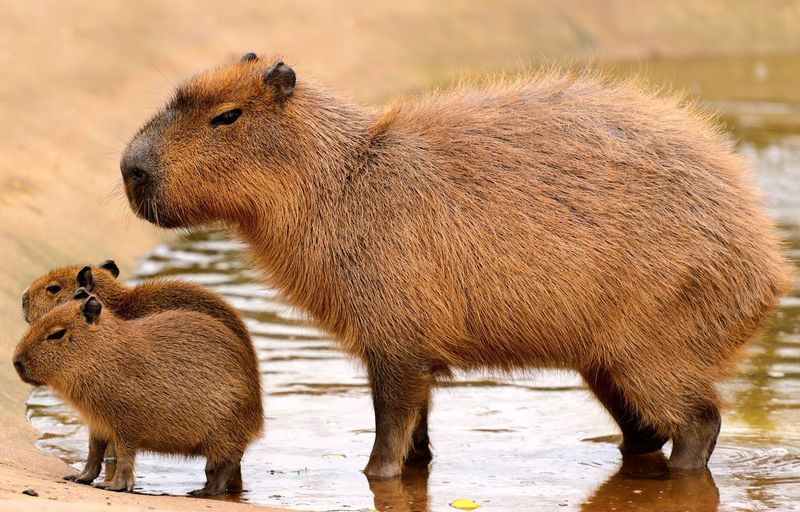
The capybara, the world’s largest rodent, is a gentle giant that has captured the hearts of many in U.S. zoos and wildlife parks. Native to South America, they are social creatures known for their relaxed demeanor.
Capybaras are often seen lounging in water, an essential part of their habitat. Their webbed feet and excellent swimming abilities aid in escaping predators.
With a diet consisting mainly of grasses and aquatic plants, they play a valuable role in maintaining their ecosystems. Their docile nature and unique characteristics make them a favorite among visitors.
Kookaburra
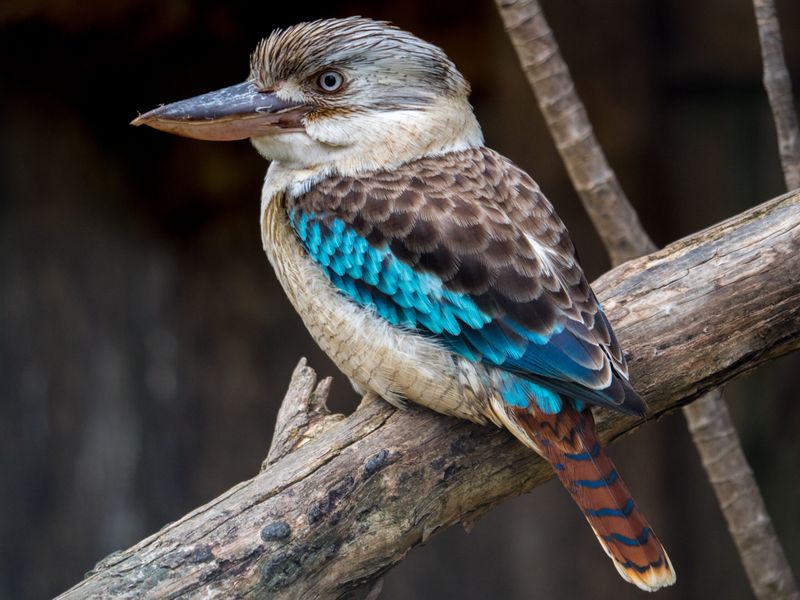
The kookaburra, famous for its laughter-like call, is a charismatic bird that brings a piece of Australia to American aviaries. Known as the “laughing bird,” its calls echo through the forest, creating an unforgettable experience.
These birds are carnivorous, feeding on insects, small reptiles, and mammals. Their keen hunting skills and territorial nature make them fascinating to observe.
With a robust build and striking plumage, kookaburras are more than just a curiosity; they represent the rich biodiversity of the forests they call home. Their presence adds an exotic charm to any aviary.
Sugar Glider
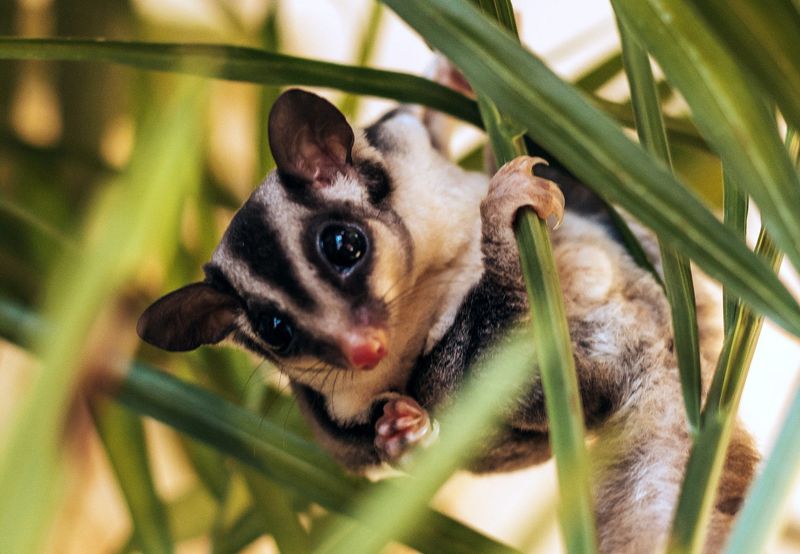
The sugar glider, a nocturnal marsupial native to Australia and New Guinea, has gained popularity as an exotic pet in the U.S. Their ability to glide through the air, thanks to a membrane stretching from wrist to ankle, is a sight to behold.
Social by nature, sugar gliders thrive in groups and require ample interaction and space to mimic their natural arboreal lifestyle.
Their diet includes nectar, fruits, and insects. With their large, expressive eyes and playful nature, sugar gliders offer a unique companionship experience, bringing a piece of the wild into homes across America.
Bearded Dragon
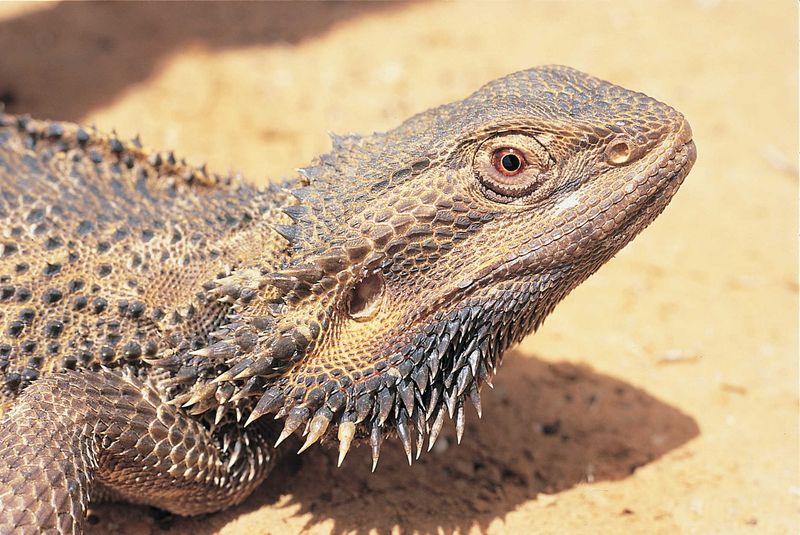
The bearded dragon is a charismatic reptile, native to Australia but a common sight in U.S. pet stores. Known for their friendly demeanor and ease of care, they have become a favored exotic pet.
Their “beard,” a spiky throat pouch, can puff out when threatened or excited, adding to their appeal. Bearded dragons require a diet of insects and vegetables, along with proper lighting to maintain health.
Their docile nature and intriguing behaviors, such as head-bobbing and arm-waving, make them an engaging addition to any household, loved by reptile enthusiasts and beginners alike.
Ring-Tailed Lemur
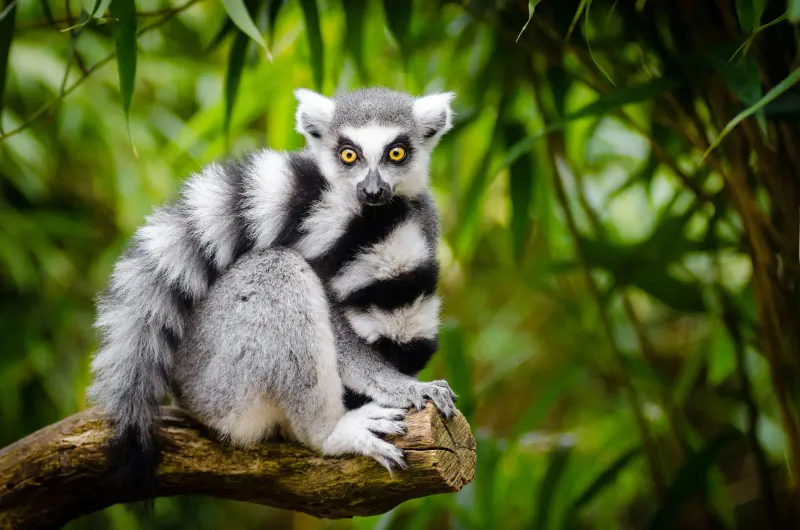
The ring-tailed lemur, with its distinctive black and white tail, is a primate that captivates visitors at U.S. zoos and wildlife centers. Native to Madagascar, these social animals live in large groups, displaying complex behaviors.
Lemurs are known for their sunbathing posture, where they sit upright, arms outstretched to soak in the sunlight. Their diet consists of fruits, leaves, and flowers.
Conservation efforts in captivity aim to protect this endangered species. Observing their lively antics and unique appearance offers a glimpse into Madagascar’s exotic wildlife, fostering appreciation and awareness.
African Grey Parrot
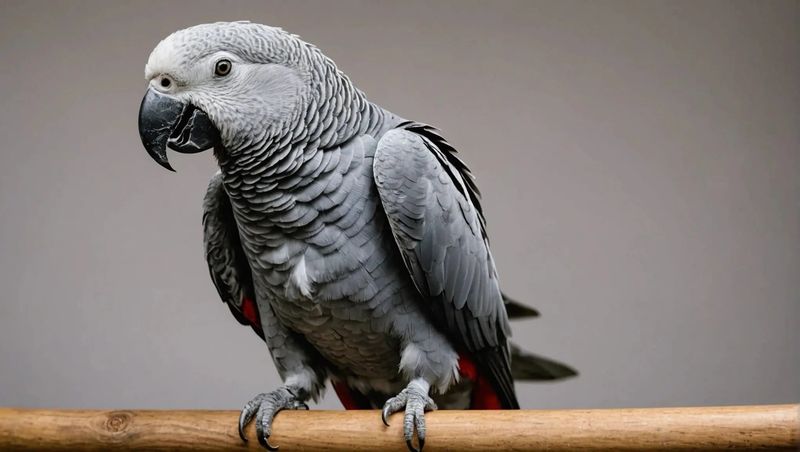
The African grey parrot, renowned for its intelligence and ability to mimic human speech, is a beloved exotic bird in U.S. homes. Native to the rainforests of Africa, these parrots are highly social and require significant mental stimulation.
Their remarkable ability to learn words and sounds makes them sought-after companions. African greys thrive in environments that offer interaction, enrichment, and a proper diet of fruits, nuts, and seeds.
Caring for one demands commitment, as they can live for several decades. Their presence enriches lives with their playful nature and extraordinary cognitive abilities.
Siamese Fighting Fish
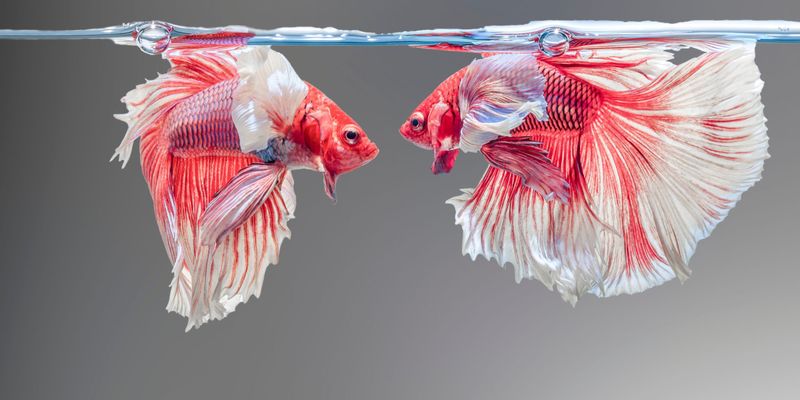
The Siamese fighting fish, or betta, is a small but strikingly beautiful fish native to Southeast Asia. Known for its vivid colors and flowing fins, it has become a popular choice for aquariums in the U.S.
Males, known for their territorial nature, display flaring fins when threatened. Though they thrive in small tanks, maintaining water quality and temperature is crucial.
Their diet consists of high-protein pellets and live foods. With careful care, these fish bring vibrant color and personality to any setting. Their striking appearance and feisty nature make them a cherished addition to home aquariums.
Roseate Spoonbill
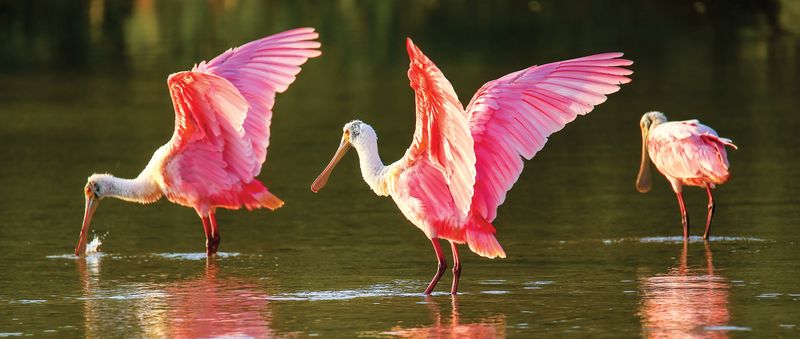
The Roseate Spoonbill, with its striking pink plumage, is a sight to behold. Found in the wetlands of Florida and along the Gulf Coast, this bird is often mistaken for a flamingo. Its unique spoon-shaped bill is perfect for sweeping through the water to catch fish and crustaceans.
During the breeding season, Roseate Spoonbills gather in colonies, creating a stunning visual display of pink hues. These birds play a vital role in the ecosystem as they help control fish populations. Watching them glide gracefully over the water is an unforgettable experience.

